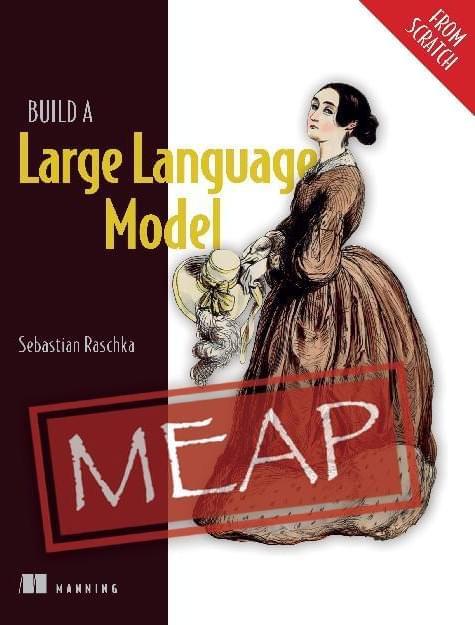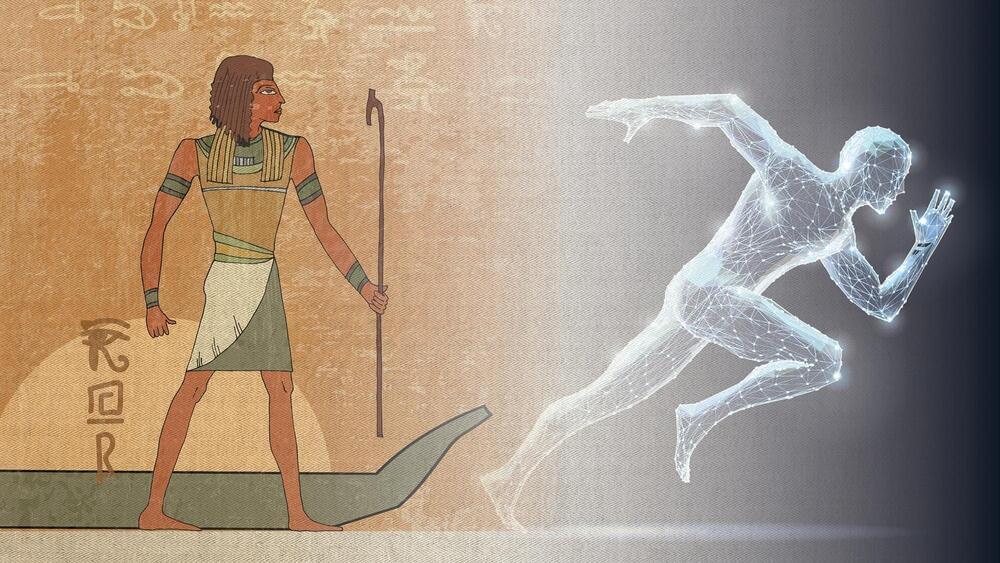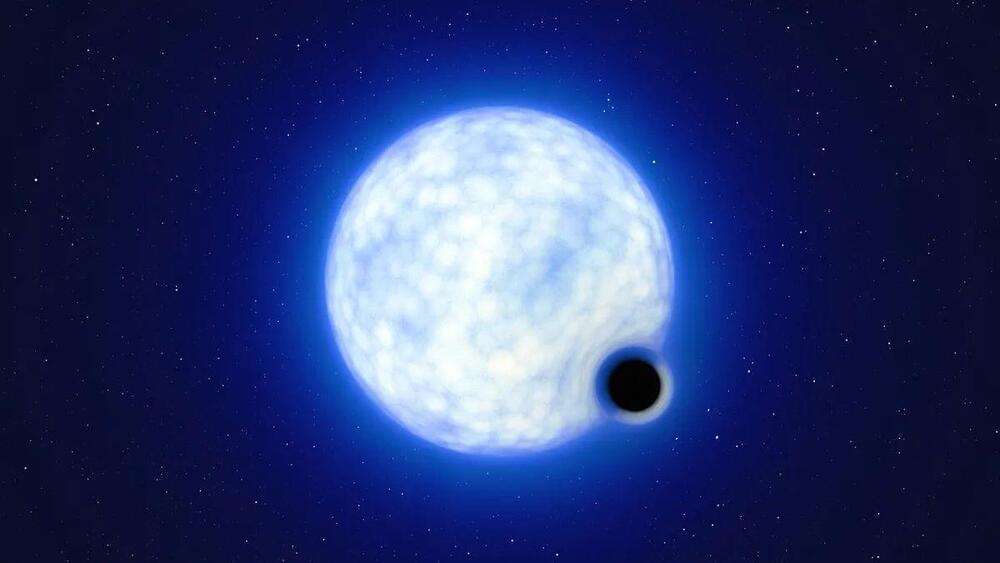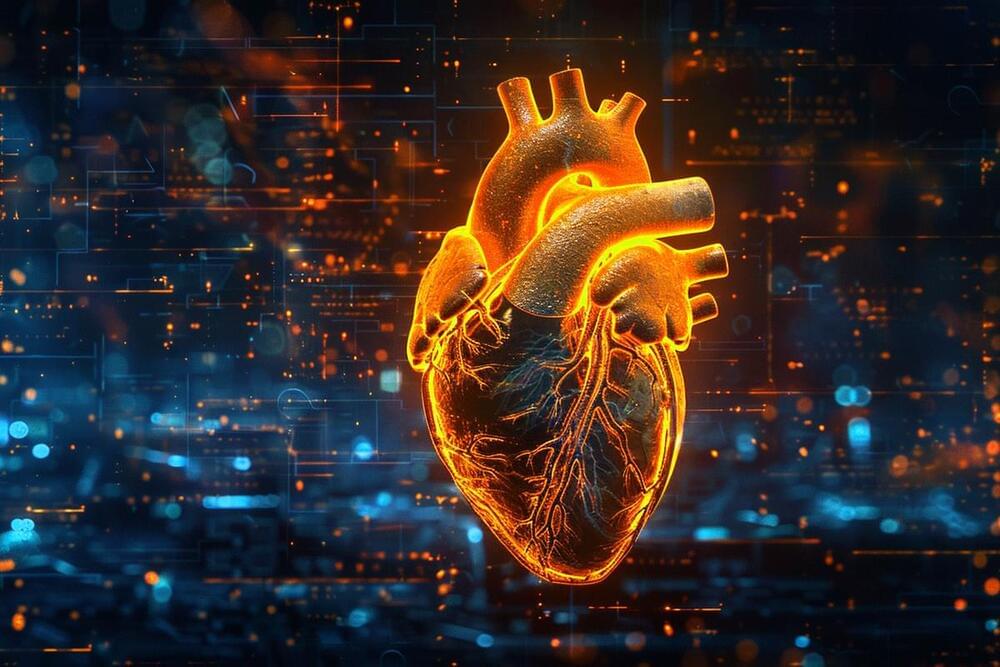Even though the growth in private sales of electric vehicles (EVs) have slowed in the last year, new research published this week suggests that the number of charging points around the globe will skyrocket to 64 million by 2029.
The figures headline new research from British market research firm Juniper Research, which forecasts EV charging points will rise from 21.8 million globally in 2024 to 64 million by 2029.
According to Juniper, the growth in private EV sales have slowed in the last year due to various factors including range anxiety and reduced EV purchase subsidies for consumers.






